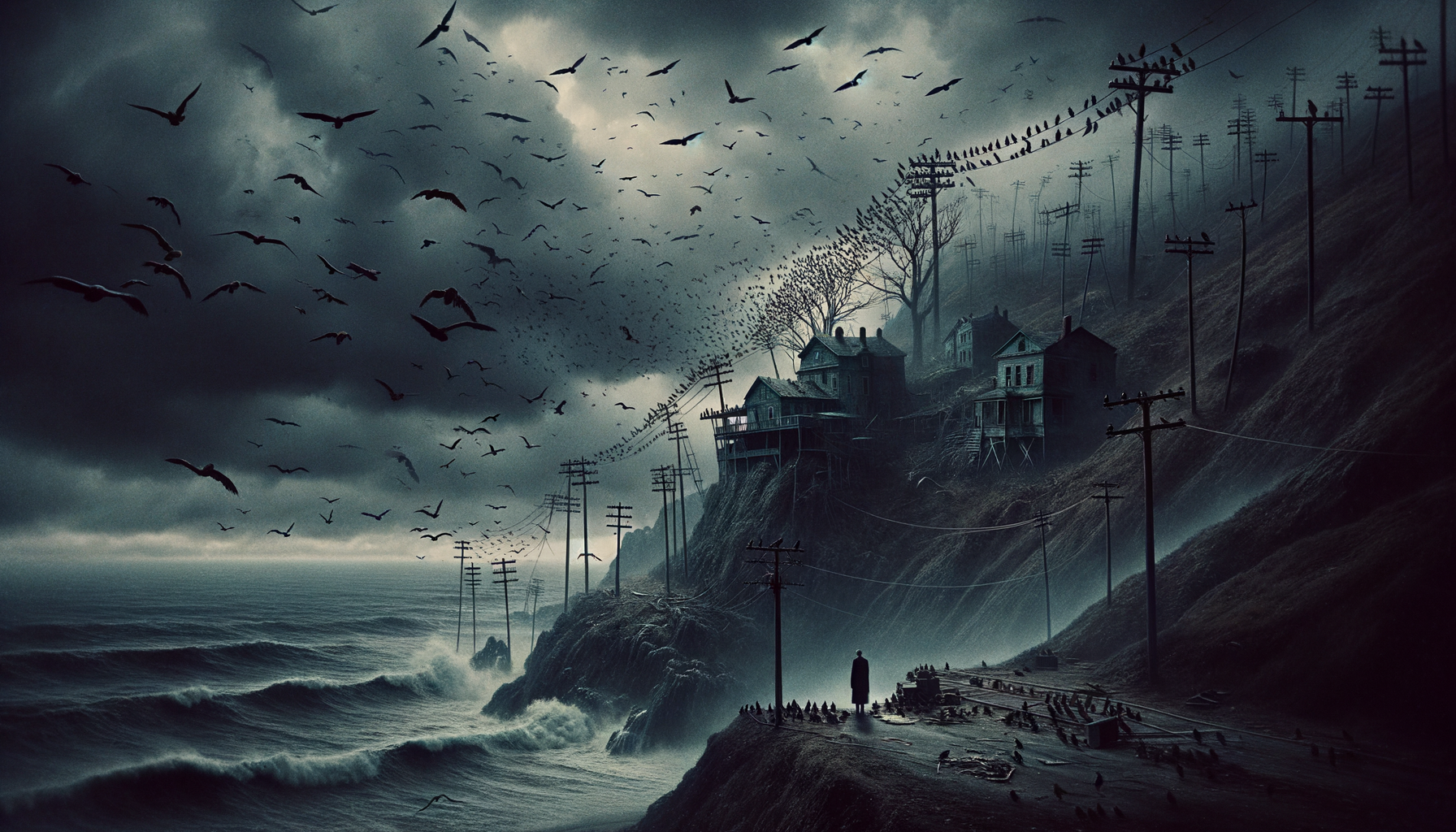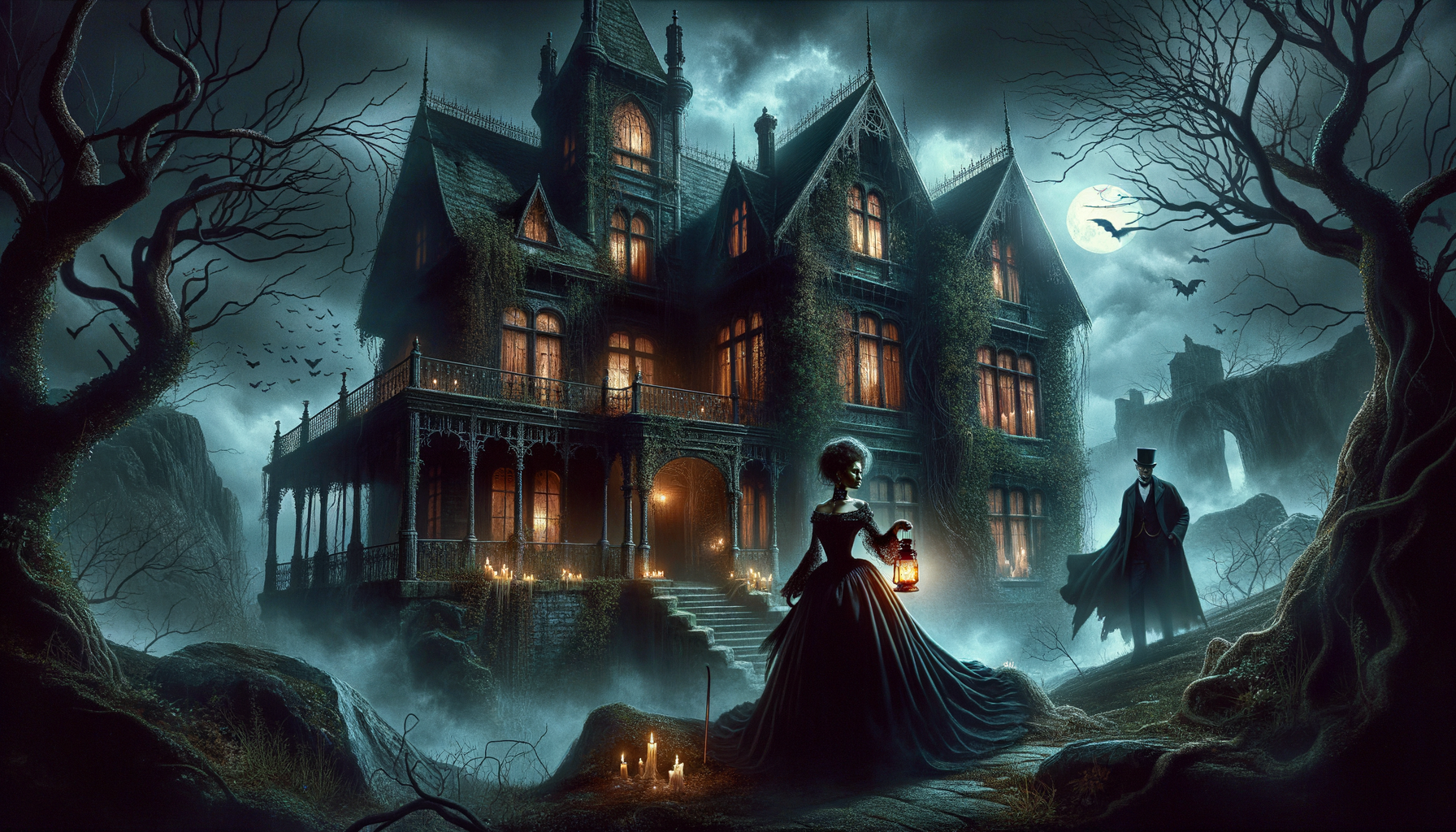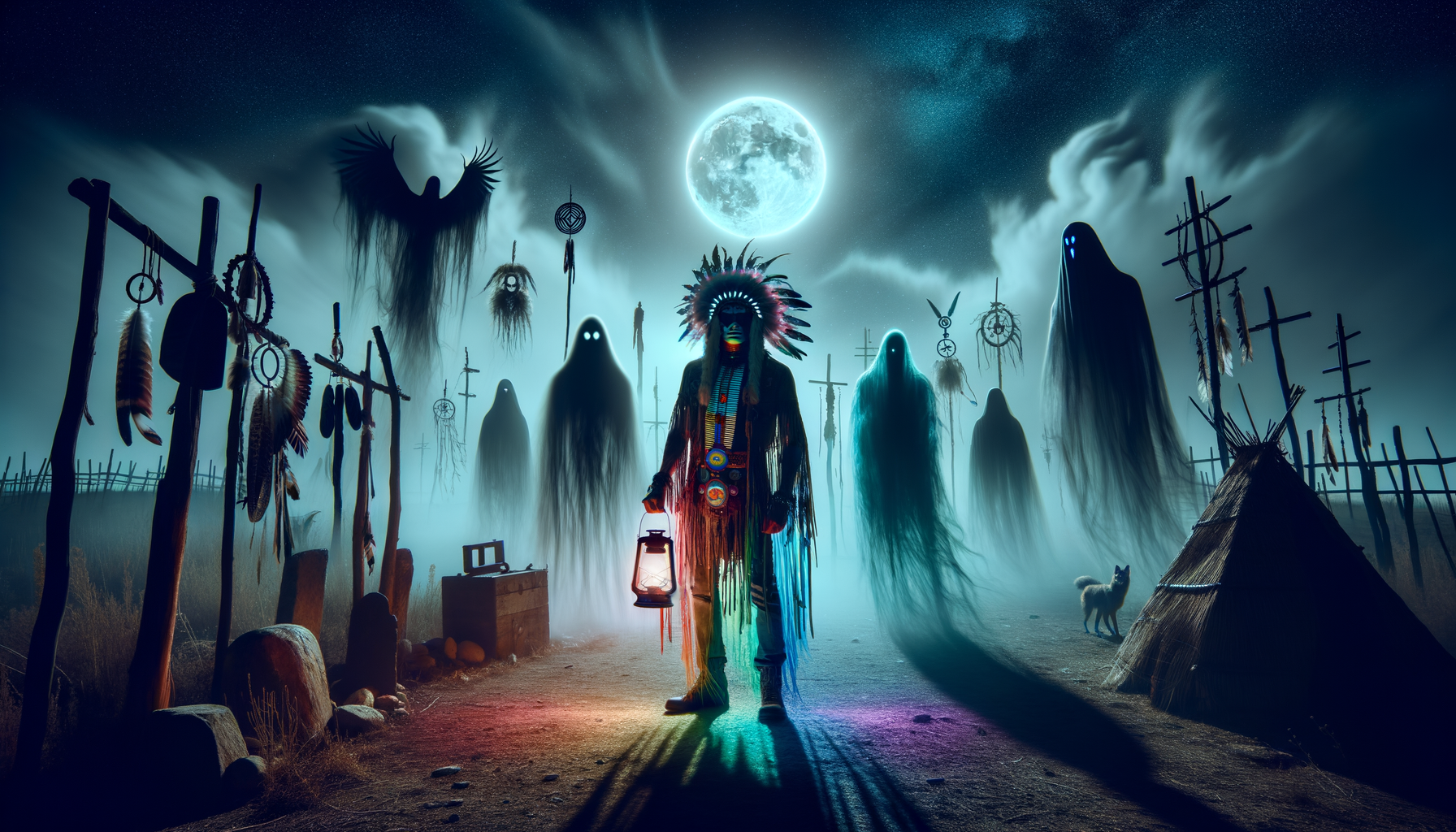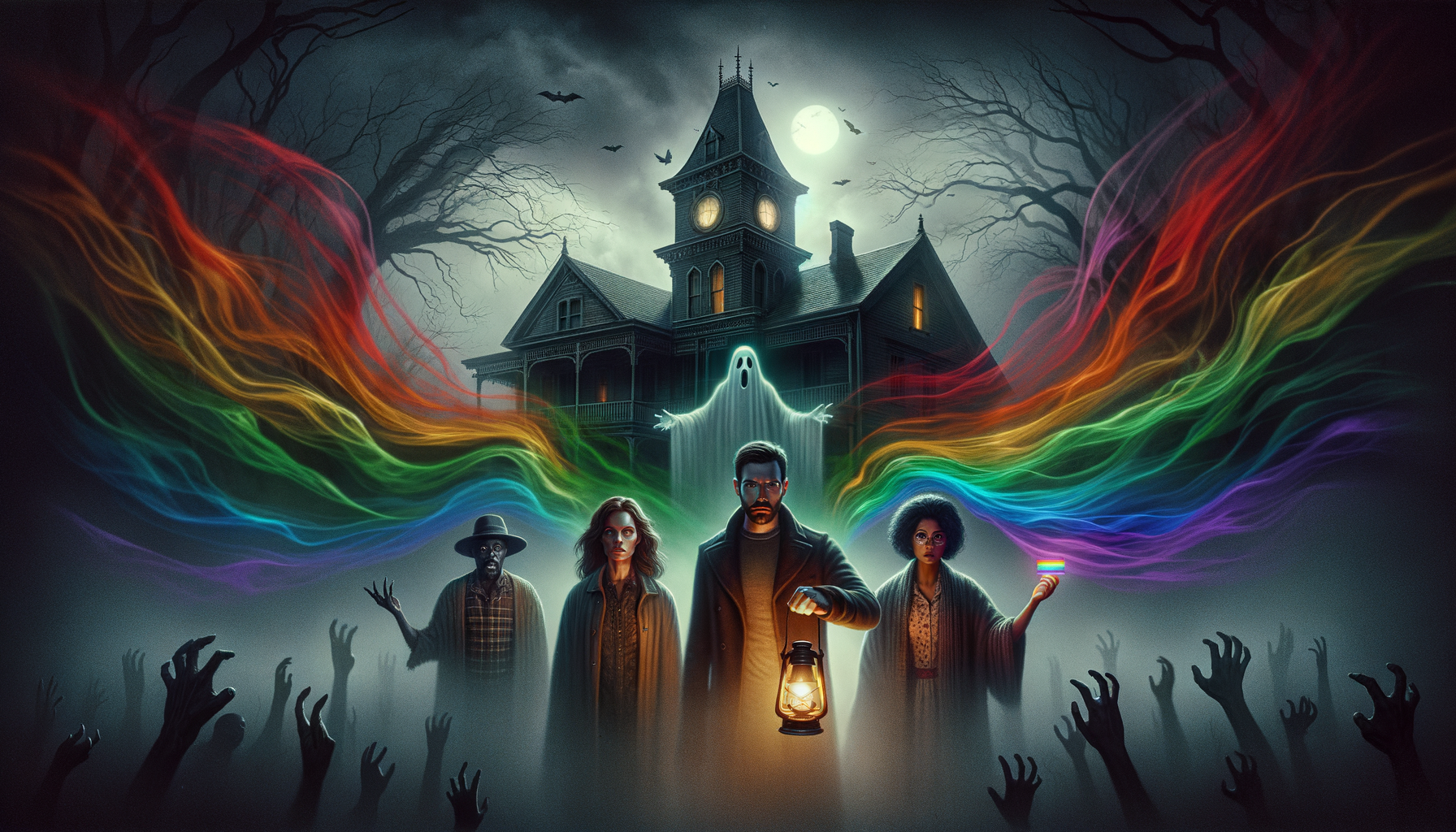Werewolf horror has always been a fascinating genre, filled with primal fears and transformations. But did you know that LGBT influences have significantly shaped this genre? From symbolic metamorphoses to nuanced character relationships, LGBT themes have added layers of depth and richness to werewolf stories. This article will take you on a thrilling journey through the evolving landscape of werewolf horror and its deep connections to LGBT influences. Get ready to discover how these elements intertwine and revolutionize horror as we know it!
The Historical Context of LGBT Themes in Werewolf Horror
Early Literary Works and Hidden Symbols
In the early days of werewolf horror literature, LGBT themes were often hidden beneath layers of symbolism and subtext. Authors used the werewolf myth as a vehicle to explore forbidden desires and identities that society deemed unacceptable. These narratives subtly introduced readers to the complexities of gender and sexuality, often through metaphors of transformation and duality.
Pioneering Films That Subtly Introduced LGBT Subtexts
As horror cinema began to take shape, pioneering films started to weave LGBT subtexts into their werewolf stories. These early movies, while not overt in their representation, hinted at the struggles of living a double life and the fear of being outed. Characters often grappled with their monstrous alter-egos in ways that mirrored the real-life experiences of LGBT individuals.
Evolution of LGBT Representation in Modern Werewolf Horror
In recent years, the representation of LGBT characters in werewolf horror has become more explicit and celebrated. Modern films and TV shows are not only more inclusive but also more nuanced in their portrayal of LGBT experiences. This evolution reflects broader societal changes and a growing acceptance of diverse identities.
Iconic LGBT Characters in Werewolf Horror
Memorable Characters from Books, Films, and TV Shows
There have been numerous memorable LGBT characters in werewolf horror across various media. Characters like Oz from “Buffy the Vampire Slayer” and Ethan Chandler from “Penny Dreadful” have left lasting impressions on audiences. These characters, with their complex personalities and story arcs, have become icons within both the LGBT and horror communities.
Challenging Traditional Gender Roles and Stereotypes
These iconic characters have often challenged traditional gender roles and stereotypes. By embracing their dual identities, they defy conventional norms and showcase the fluidity of gender and sexuality. Their stories highlight the courage it takes to live authentically, despite societal pressures to conform.
Impact on Fandom and Culture
The presence of LGBT werewolf characters has had a significant impact on fandom and culture. Fans have formed communities around these characters, celebrating their stories and advocating for more inclusive representation. These characters have also influenced broader cultural conversations about identity and acceptance.
Symbolic Metamorphoses: Werewolf Transformations and LGBT Identity
Metaphor of Transformation and Self-Discovery in LGBT Narratives
The metaphor of transformation is central to both werewolf horror and LGBT narratives. The process of becoming a werewolf parallels the journey of self-discovery and acceptance that many LGBT individuals experience. This transformation often represents breaking free from societal constraints and embracing one’s true self.
Case Studies of Werewolf Films and Stories Exploring Identity
Several werewolf films and stories have explored themes of identity and transformation in depth. For example, the film “Ginger Snaps” uses lycanthropy as a metaphor for puberty and sexual awakening, while “The Howling” delves into the duality of human nature. These case studies highlight how werewolf horror can serve as a powerful allegory for LGBT experiences.
Metamorphosis Reflects the Journey of Coming Out
The act of metamorphosis in werewolf horror often mirrors the journey of coming out. Just as a werewolf reveals their true nature during a full moon, LGBT individuals reveal their authentic selves when they come out. This parallel underscores the fear, vulnerability, and ultimately, the liberation associated with embracing one’s identity.
LGBT Creators and Their Influence on the Werewolf Horror Genre
Notable LGBT Writers, Directors, and Producers in Horror
LGBT creators have played a crucial role in shaping the werewolf horror genre. Notable figures like Clive Barker and Bryan Fuller have brought unique perspectives to their work, infusing their stories with rich, complex characters and themes. Their contributions have expanded the boundaries of the genre and introduced new layers of meaning.
Unique Perspectives and Storytelling Techniques
LGBT creators often bring unique perspectives and storytelling techniques to werewolf horror. Their lived experiences inform their work, resulting in narratives that are both authentic and innovative. These creators explore themes of identity, desire, and otherness in ways that resonate deeply with audiences.
Interviews and Quotes from Prominent LGBT Figures
Interviews and quotes from prominent LGBT figures in the werewolf horror genre provide valuable insights into their creative processes and motivations. These voices highlight the importance of representation and the power of storytelling in fostering empathy and understanding.
The Intersection of Horror, Sexuality, and Psychosocial Dynamics
Exploring Complex Themes of Desire and Repression
Werewolf horror often delves into complex themes of desire and repression. The primal urges associated with lycanthropy can serve as a metaphor for suppressed sexual desires. These narratives explore the tension between societal expectations and personal fulfillment, shedding light on the struggles faced by LGBT individuals.
Representation of Same-Sex Relationships and Homosocial Bonds
Same-sex relationships and homosocial bonds are frequently represented in werewolf narratives. These relationships, whether romantic or platonic, challenge traditional notions of masculinity and femininity. They also highlight the importance of connection and support within the LGBT community.
Psychological Analysis of Fear, Otherness, and Acceptance
Psychological analysis of werewolf horror reveals deep-seated fears of otherness and the desire for acceptance. These stories often reflect societal anxieties about difference and the unknown. By confronting these fears, werewolf horror can promote greater understanding and acceptance of diverse identities.
Future Trends: What’s Next for LGBT Representation in Werewolf Horror?
Predicted Trends and Upcoming Works
The future of LGBT representation in werewolf horror looks promising, with predicted trends pointing towards even more inclusive and diverse storytelling. Upcoming works are expected to feature a wider range of LGBT characters and themes, reflecting the ongoing push for greater representation in media.
Industry Movements Towards Greater Diversity and Inclusion
Industry movements towards greater diversity and inclusion are driving these changes. Studios and creators are increasingly recognizing the importance of representing all audiences. This shift is resulting in more opportunities for LGBT creators and more authentic portrayals of LGBT experiences.
The Role of Fandom in Pushing for More Inclusive Storytelling
Fandom plays a crucial role in pushing for more inclusive storytelling. Fans are vocal about their desire for representation and often advocate for more diverse characters and narratives. Their passion and support can influence creators and drive industry change, ensuring that the future of werewolf horror is more inclusive and representative of all identities.
Conclusion
LGBT influences in werewolf horror have not only enriched the genre but have also created powerful narratives of identity, transformation, and acceptance. As we look toward the future, the continued integration of LGBT themes promises to bring even more depth and originality to werewolf horror. So, whether you’re a die-hard horror fan or new to the genre, embrace these stories and support diverse creators. Let’s watch together as werewolf horror evolves into a more inclusive space for all!




